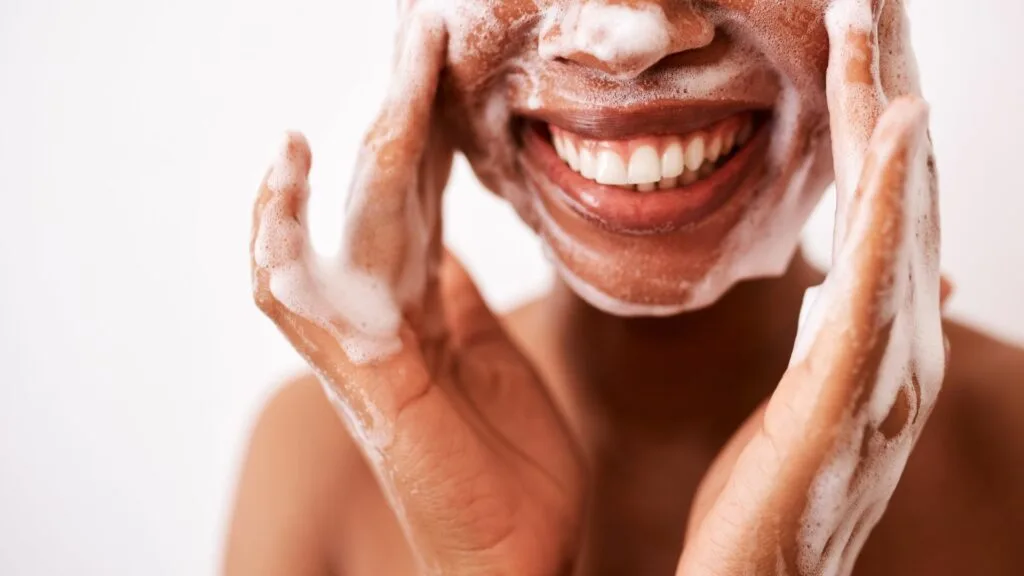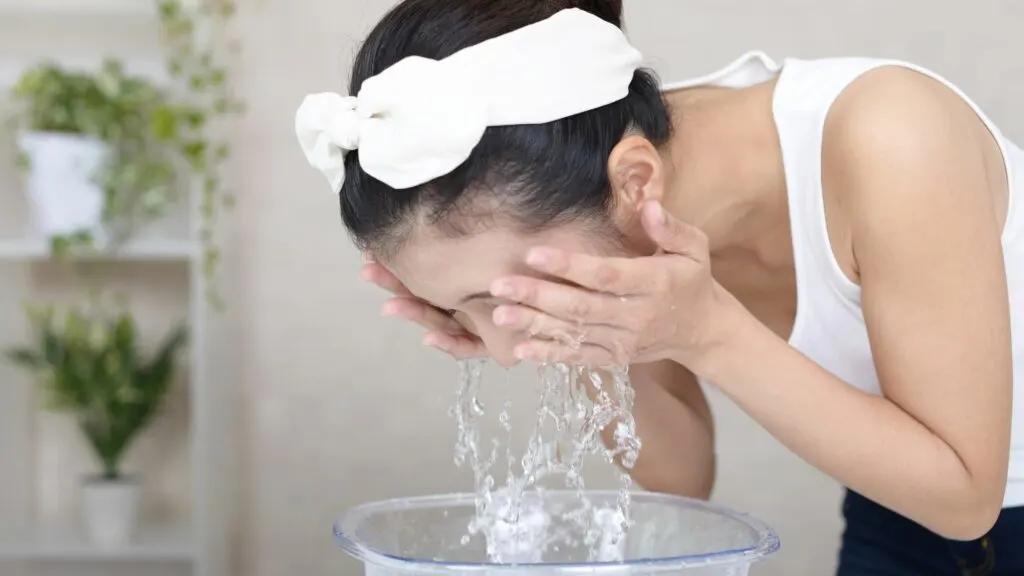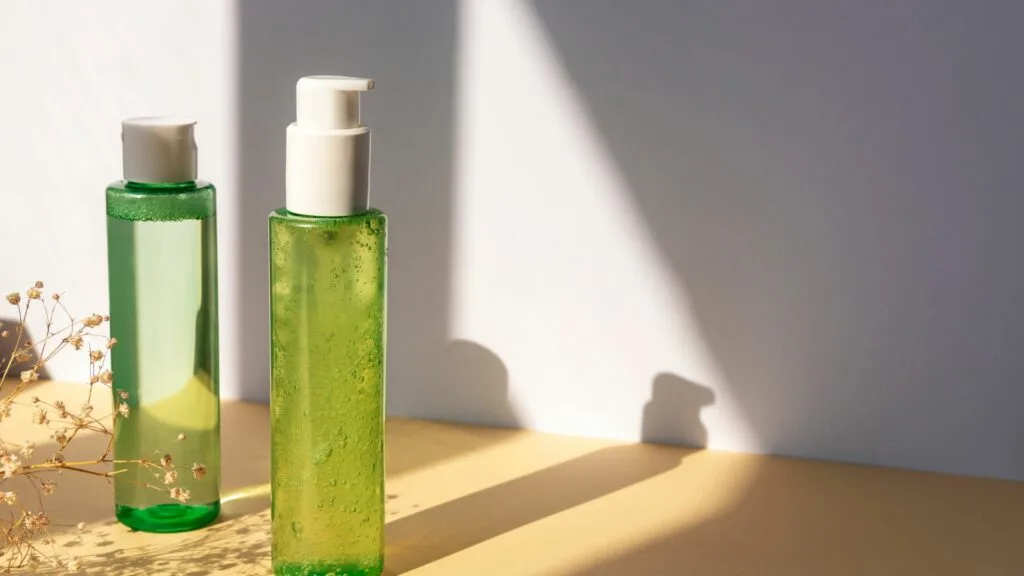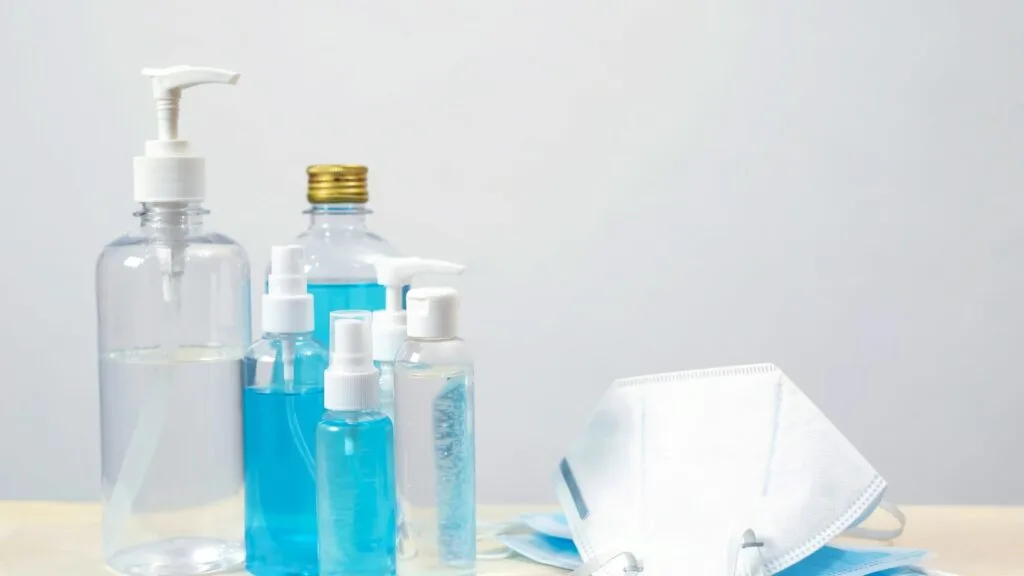Choosing the right skin cleanser feels like searching for a needle in a haystack. With countless products promising the moon, how do you know which one is your perfect match? Fear not, skincare enthusiasts and health-conscious readers! By the time you finish this guide, you’ll be armed with all the knowledge you need to make an informed decision.

Ready for glowing skin? Let’s jump right in!
Understanding Your Skin Type
Choosing the best facial cleanser starts with understanding your skin type. Knowing whether you have oily, dry, combination, sensitive, or normal skin helps you pick products that cater to your specific needs.
Oily Skin Types
If your face often feels like a greased pan, you likely have oily skin. Look for a cleanser that can manage excess oil without stripping away essential moisture.
Dry Skin Types
Do you feel like you could star in a desert-themed movie because of your parched skin? Opt for hydrating cleansers packed with moisturizing ingredients.
Combination Skin Types
Combination skin types experience both oiliness and dryness. Balancing these opposing traits can be tricky, but a mild cleanser should do the trick.
Sensitive Skin Types
Sensitive skin requires extra TLC. Choose gentle, fragrance-free cleansers to avoid potential irritations.
Normal Skin Types
Consider yourself lucky if you have normal skin. You can experiment with various cleansers without much risk. Just remember to keep it simple.
Ingredients Matter

You wouldn’t put just anything into your body, right? The same principle applies to what you put on your skin.
Key Ingredients to Look For
Here are some ingredients that generally work well for different skin types:
- Hyaluronic Acid: Great for hydration, suitable for dry and combination skin.
- Salicylic Acid: Works wonders for oily and acne-prone skin.
- Glycerin: A humectant that keeps your skin hydrated.
- Chamomile and Aloe Vera: Fantastic for sensitive skin due to their soothing properties.
Ingredients to Avoid
Some ingredients can do more harm than good. Watch out for:
- Sulfates: These can be too harsh and strip away natural oils.
- Alcohol: Can be drying and irritating.
- Synthetic Fragrances: Often cause allergic reactions.
Types of Cleansers

Different cleansers suit different skin types and personal preferences. Here’s a breakdown of the most common types:
Gel Cleansers
Gel cleansers are often transparent and have a gel-like consistency. They’re great for deep cleaning and removing excess oil.
Foam Cleansers
Foam cleansers start as a gel or cream but turn foamy when applied. They’re effective for oily and acne-prone skin.
Cream Cleansers
Cream cleansers are thick and moisturizing, ideal for dry or sensitive skin.
Micellar Water
Micellar water uses tiny oil molecules to lift dirt and oil from the skin. It’s gentle and effective for all skin types.
Oil Cleansers
Oil cleansers may sound counterintuitive, but they’re great for dissolving makeup and deep-cleaning pores. Suitable for most skin types, they’re especially good for dry skin.
Reading Labels

It’s not just about the flashy packaging. Understanding the labels on your cleanser skin product is crucial.
Active vs Inactive Ingredients
Active ingredients are responsible for the main action of the product, such as exfoliating or hydrating. Inactive ingredients provide texture, scent, and shelf life.
pH Level
The pH level of your cleanser should be close to the skin’s natural pH (around 5.5) to maintain balanced skin health.
Price vs Quality
Does a higher price tag guarantee better quality? Not necessarily. Many affordable cleansers offer excellent quality and effectiveness.
Drugstore vs High-End Brands
Drugstore brands often provide good value for money, offering basic but effective formulations. High-end brands might offer additional benefits but come at a higher cost.
DIY Alternatives
Feeling adventurous? You can also make your own cleansers using simple ingredients like honey, yogurt, and lemon juice.
Usage Tips
How you use your cleanser matters as much as which one you choose.
Frequency
Generally, washing your face twice a day—once in the morning and once before bed—is ideal.
Techniques
Apply the cleanser to your face in circular motions, making sure to cover all areas. Rinse thoroughly with lukewarm water.
Follow-Up
Always follow up with a good moisturizer to lock in hydration.
Common Myths
Let’s bust some myths to set the record straight.
Myth 1: More Foam Equals Better Clean
More foam doesn’t mean a better clean. In fact, foamy cleansers often contain sulfates that can be harsh on your skin.
Myth 2: All Natural Equals Safe
Just because something is natural doesn’t mean it’s automatically safe for your skin. Always do a patch test first.
Myth 3: You Need Multiple Cleansers
One good cleanser tailored to your skin type is usually enough. No need to clutter your bathroom shelf!
Choosing the best skin cleanser doesn’t have to be a daunting task. By understanding your skin type, reading labels, and considering your individual needs, you can find the perfect facial cleanser for radiant and healthy skin.
Ready to elevate your skincare game? Test out different cleansers and find your ideal match. Happy cleansing!

Jessi is the creative mind behind The Coffee Mom, a popular blog that combines parenting advice, travel tips, and a love for all things Disney. As a trusted Disney influencer and passionate storyteller, Jessi’s authentic insights and relatable content resonate with readers worldwide.
